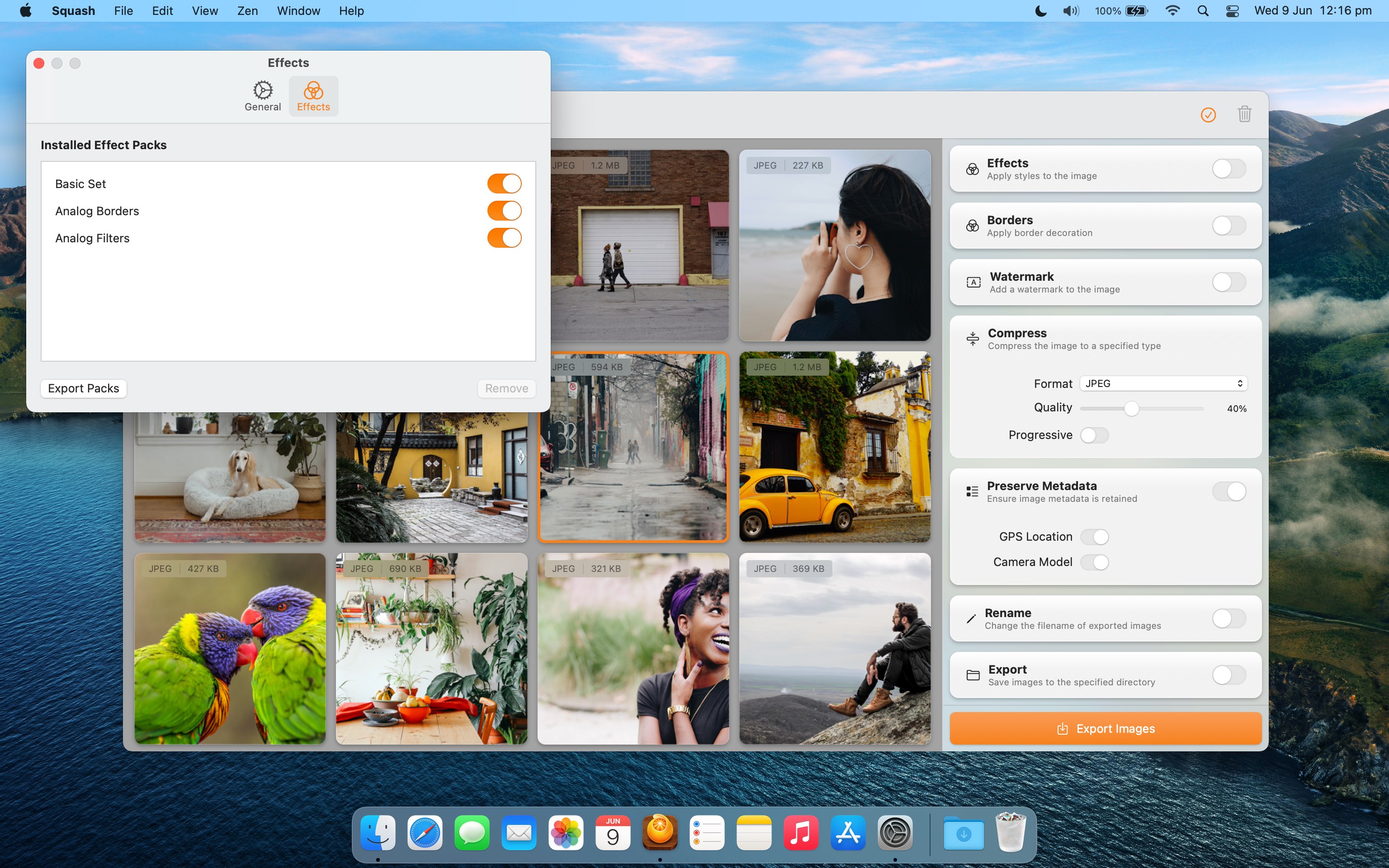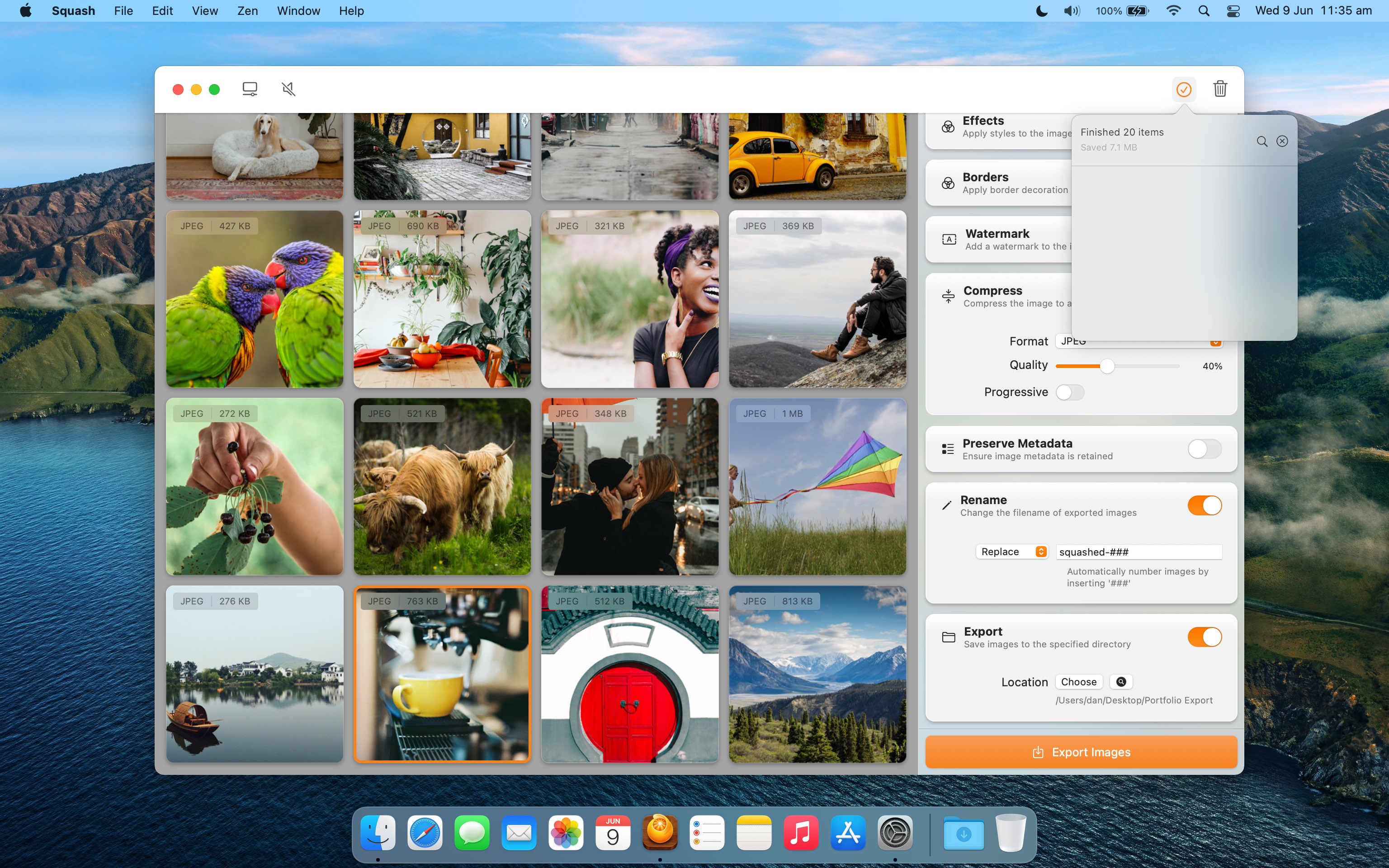

In circumstances where we do not control the specific camera being used to capture images for inference and deployment, we may find ourselves with images of various input sizes. Consider attempting a model as small as, arbitrarily, 80 x 80 before increasing input sizes. If you’re detecting objects or classifying images where the area of the distinguishing attributes is the majority of your captured images, downsizing is less likely to be as hindering to performance. Now, how small to start is a function of your specific problem. Use those weights as the starting point for the next model with larger input images. Progressive resizing is straightforward: train an initial model with very small input images and gauge performance. Even better, we can use the learned weights from our small models to initiate training on our larger input models. And we can save time by starting with smaller image inputs. Our first set of models will be generally experimental. A good strategy to employ is progressive resizing. The good news, however, is starting smaller is generally easier than starting bigger. But there are tips that help based on our context. In fairness, there are not objectively correct answers for each of these questions in every situation. How small of an image is too small? If you have some images that are significantly larger than others, how should you handle the differences? If you need images to be square but have rectangles, should you stretch the images to a new shape? If you maintain the aspect ratio of the raw image to a resized image, how do you fill the newly created padding? ( Source)īut all resize strategies are not created equally. Convolutions can happen faster when fewer pixels are involved, a.k.a. Moreover, many deep learning model architectures require that our images are the same size and our raw collected images may vary in size.

An input image that is twice as large requires our network to learn from four times as many pixels - and that time adds up. Principally, our machine learning models train faster on smaller images.

Resizing images is a critical preprocessing step in computer vision.


 0 kommentar(er)
0 kommentar(er)
